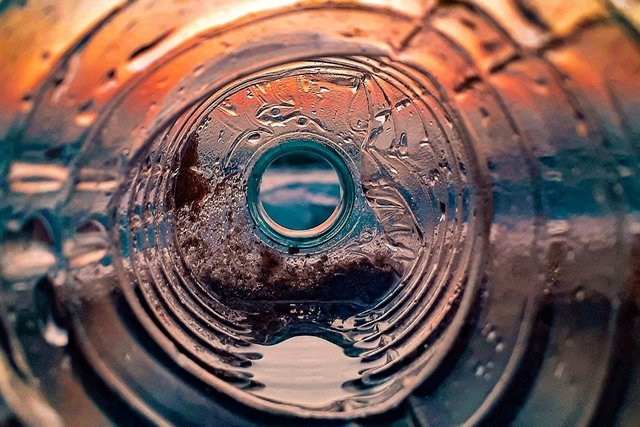
Even the smallest steps taken by travel & tourism stakeholders to counter the global threat of ocean plastic pollution are important, according to PhD candidate Krisztina Eleftheriou-Hocsak. In this “Good Tourism” Insight, she discusses the local actions taken by a nonprofit organisation in Cyprus.
All tourism, including mass tourism, has been dominated by coastal and maritime tourism (CMT). According to a study prepared for the European Commission, CMT covers beach- and non-beach-related tourism on land (coastal tourism) as well as principally water-based tourism (maritime tourism).
Unfortunately, plastic has become ubiquitous in the marine environment. Traces of plastic have been found in 36 – 100% of aquatic animals studied. Items that looked like “a plastic bag and candy wrappers” have been spotted in the depths of the Mariana Trench, which is Earth’s deepest point. And microplastics have been found to enter the atmosphere via sea spray.
A serious issue for coastal and maritime tourism is its contribution to the marine plastic problem. A large amount of waste is left behind by tourists. This leads to a large plastic footprint as up to 95% of marine litter is plastic. In the Mediterranean, for example, debris can increase by 40% during summer, the peak tourism season. In some areas, high season visitors generate more than 75% of annual waste.
The paradox is that ... For FULL & FREE access to this "GT" Insight (and many like it), please visit https://goodtourismblog.com/2021/07/good-news-in-tourism-july-2021/